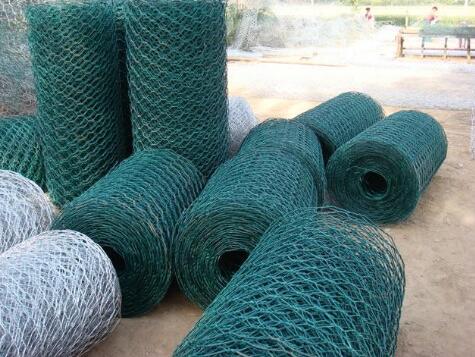Perforated Metal Fabrication An Overview
Perforated metal fabrication is a specialized form of metalworking that involves creating patterns and holes in sheets of metal. This process is widely utilized in various industries, serving purposes that range from aesthetics to functionality. The ability to customize the size, shape, and pattern of the perforations allows for extensive applications, making this technique a versatile choice for architects, engineers, and manufacturers alike.
The Basics of Perforated Metal
Perforated metal typically refers to sheets or coils of metal that have been punched or stamped with numerous holes, creating a specified design. The holes can vary in diameter, spacing, and arrangement, offering designers significant flexibility. Common materials used in perforated metal fabrication include stainless steel, aluminum, mild steel, and copper, among others. Each material offers unique properties such as corrosion resistance, strength, and aesthetic appeal, influencing the choice based on the intended application.
Advantages of Perforated Metal
1. Versatility One of the key advantages of perforated metal is its versatility. It can be utilized in a wide range of applications, including architectural facades, noise barriers, filtration systems, and HVAC systems. The ability to tailor perforation patterns means that the same material can serve multiple functions depending on how it is fabricated.
2. Aesthetic Appeal From an architectural perspective, perforated metal can add a modern touch to buildings and structures. Architects often use perforated metal panels for decorative screens or facades, allowing light to filter through while providing privacy and reducing solar heat gain. This aesthetic quality contributes to designing visually appealing structures that also serve practical purposes.
3. Weight Reduction By using perforated sheets instead of solid metal, manufacturers can reduce the weight of components without compromising strength. This is particularly beneficial in industries like automotive and aerospace, where weight is a critical factor that affects performance and fuel efficiency.
4. Improved Airflow and Sound Absorption Perforated metal is often used in applications requiring improved airflow, such as ventilation grilles and acoustic panels. The strategically placed holes can significantly enhance airflow while providing adequate support and structure. Moreover, they can help absorb sound, making them ideal for use in commercial spaces and industrial environments.
The Fabrication Process
perforated metal fabrication

The fabrication of perforated metal involves several key steps
1. Design The process begins with designing the perforation pattern. Computer-aided design (CAD) software is often used to create precise designs that meet the functional and aesthetic requirements of the project.
2. Material Selection Based on the intended use, the appropriate metal is chosen. Factors such as durability, corrosion resistance, and weight play vital roles in this decision.
3. Punching The chosen metal sheet is then subjected to a punching or stamping process. This can be done using manual or automated machines that create holes in the sheet according to the specified design. The size and shape of the holes can be varied as per the requirements.
4. Finishing After perforation, the metal may undergo various finishing processes, such as cleaning, coating, or painting, to enhance its appearance and protect it from environmental damage.
Applications of Perforated Metal
The applications of perforated metal are vast and varied. In construction, it can be found in facades, railings, and sunshades. In industrial settings, it's commonly used in filters, screens, and conveyor systems. Additionally, it plays a role in art and design, with artists using perforated metal for sculptures and installations that invite viewers to engage with the piece from multiple perspectives.
Conclusion
Perforated metal fabrication stands as a testament to the innovative capabilities of modern manufacturing. Its blend of functionality and aesthetics makes it an invaluable asset in numerous industries. As technology continues to advance, the potential applications and benefits of perforated metal are likely to expand, paving the way for even more creative and efficient uses in years to come. Whether for structural or aesthetic purposes, the significance of perforated metal in our everyday lives cannot be understated.

















